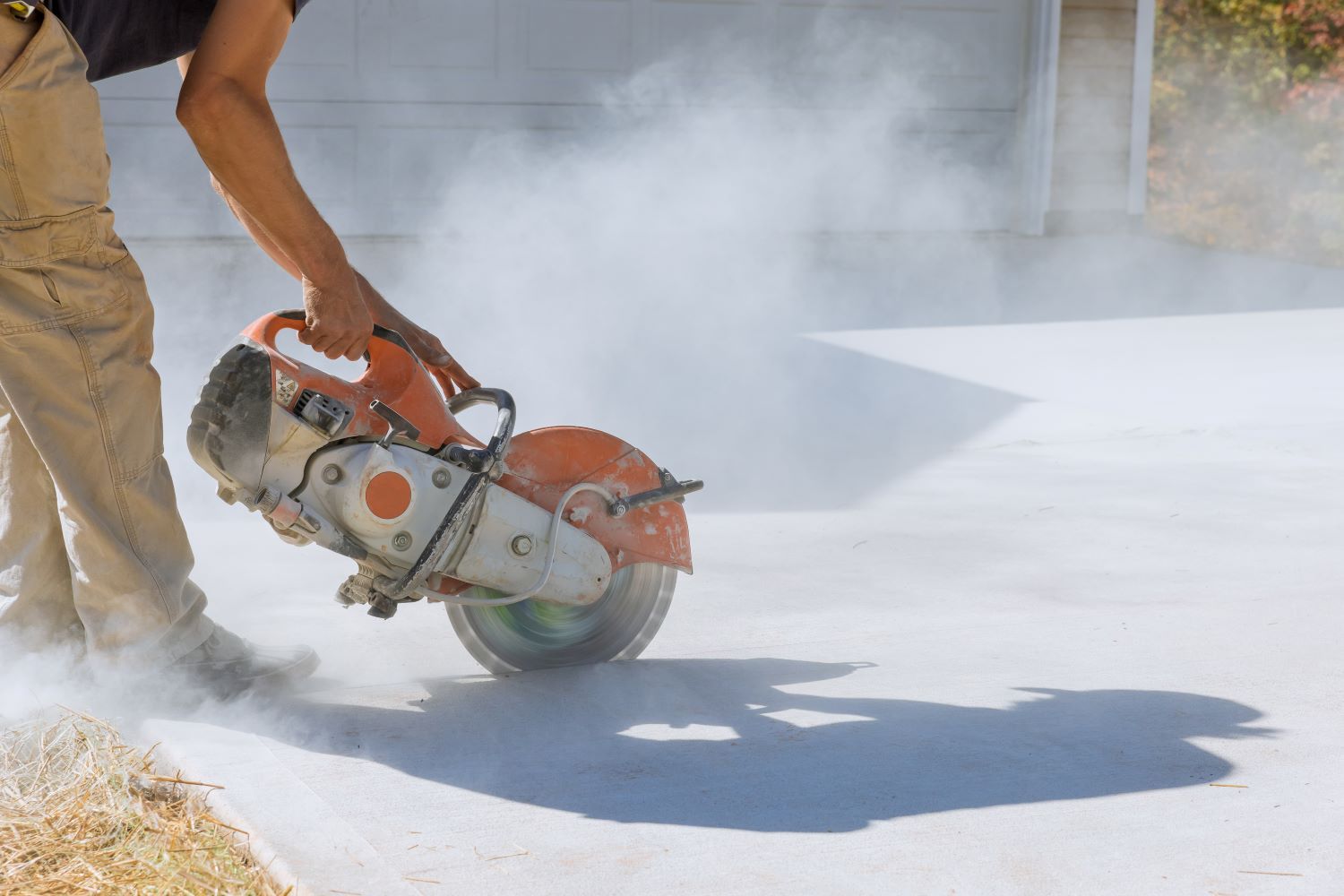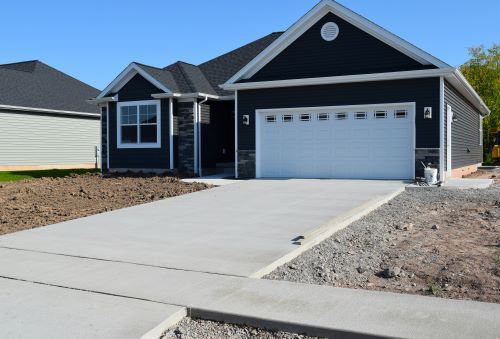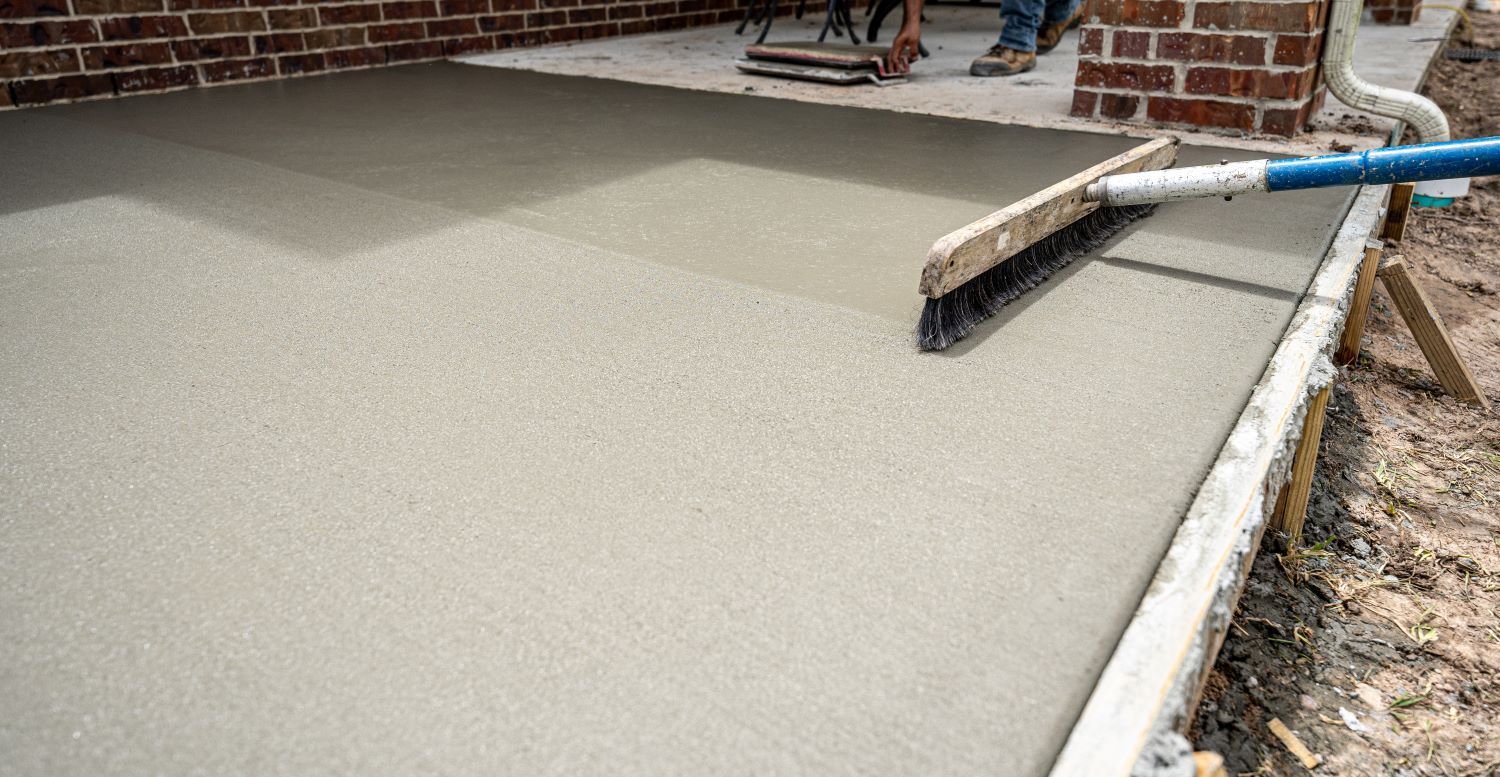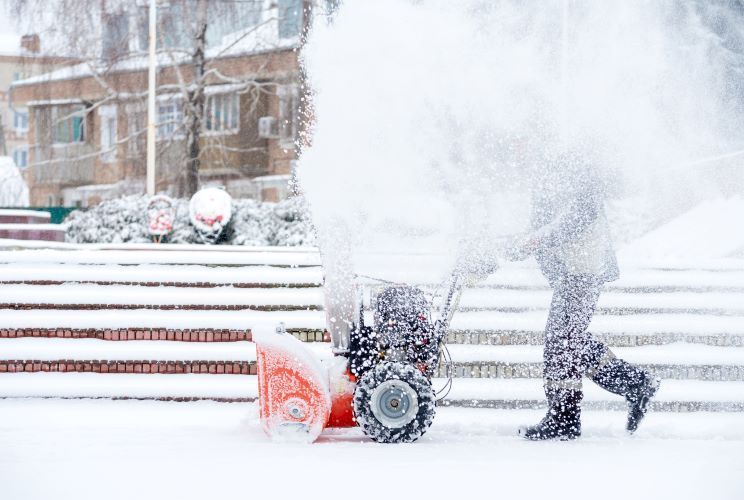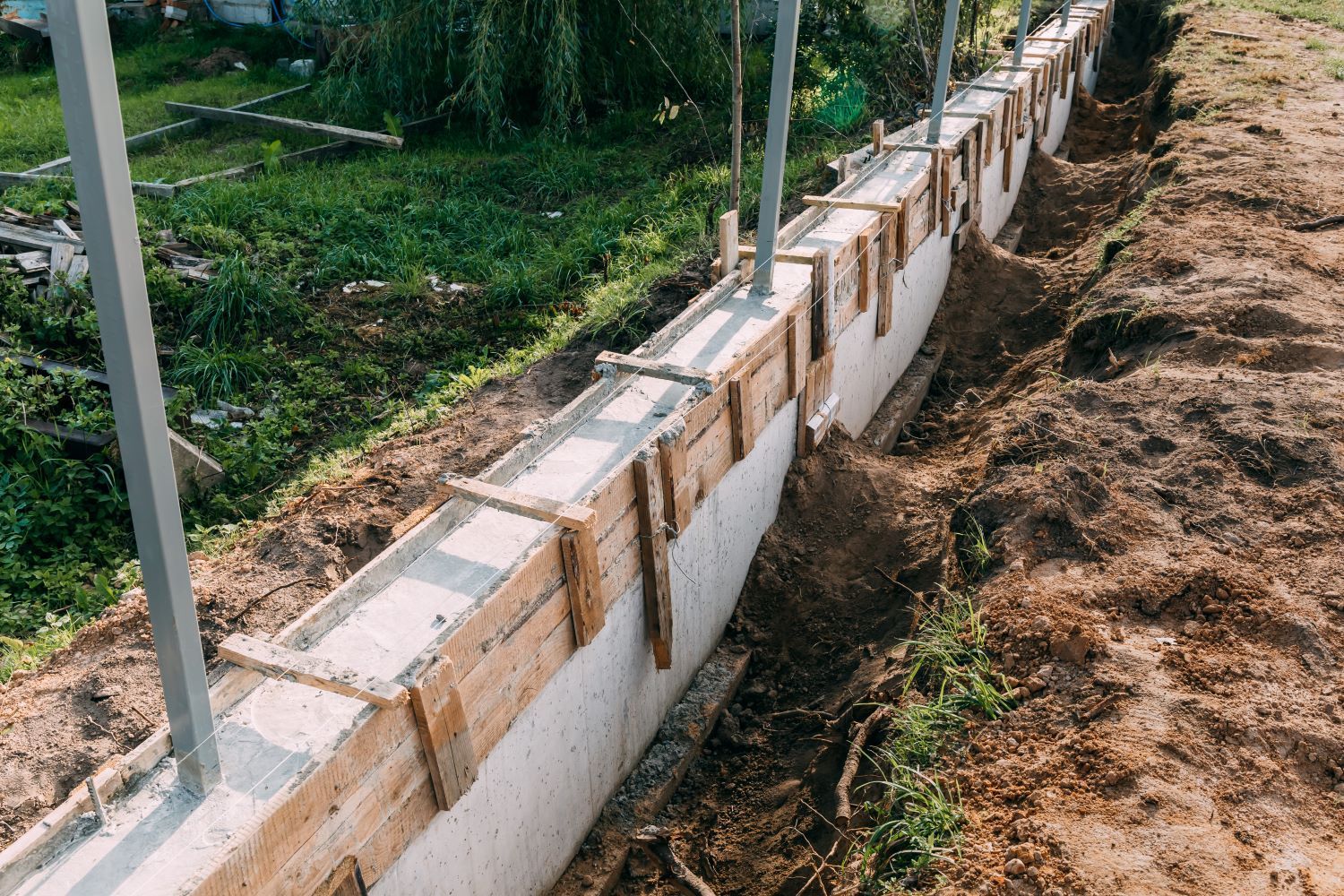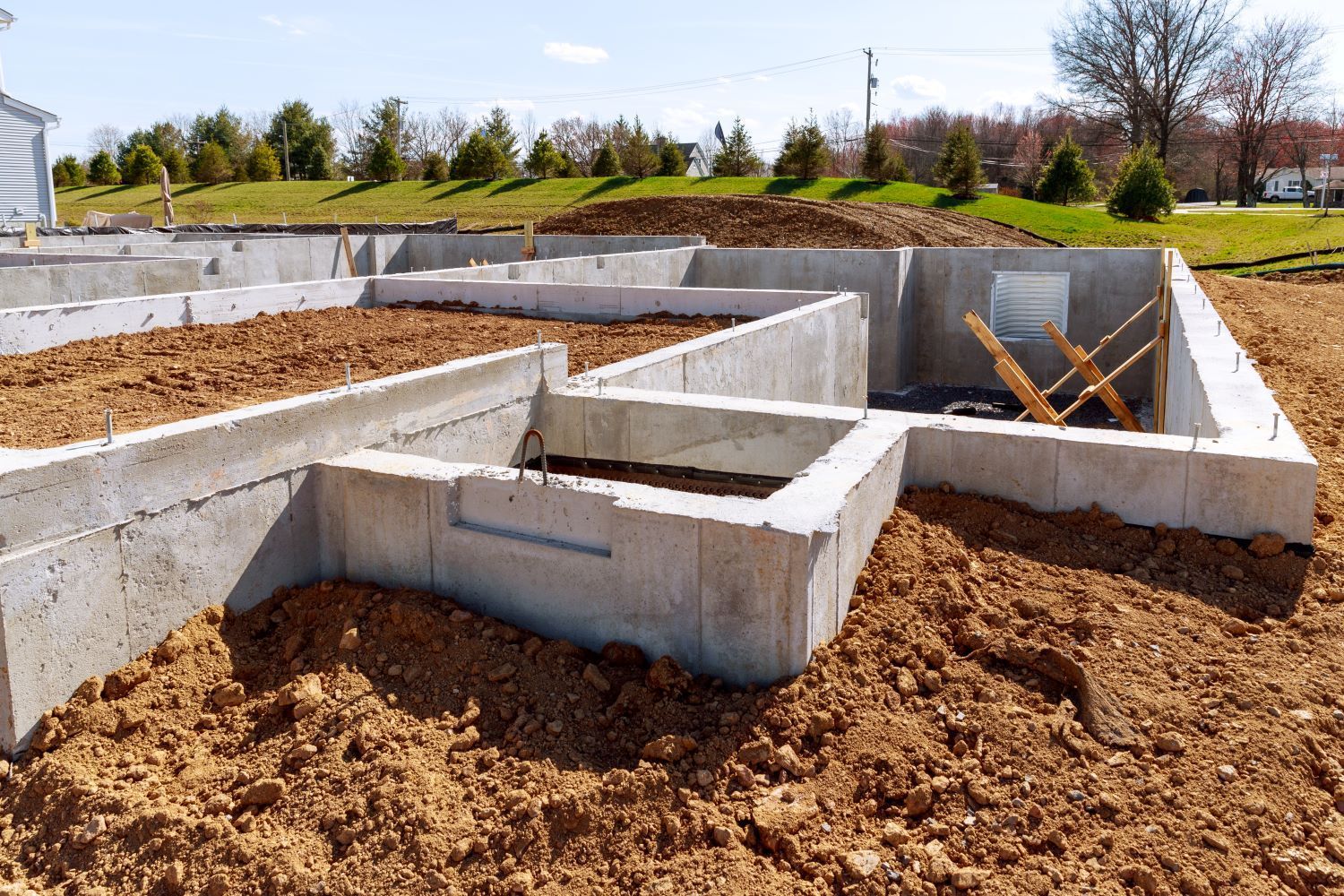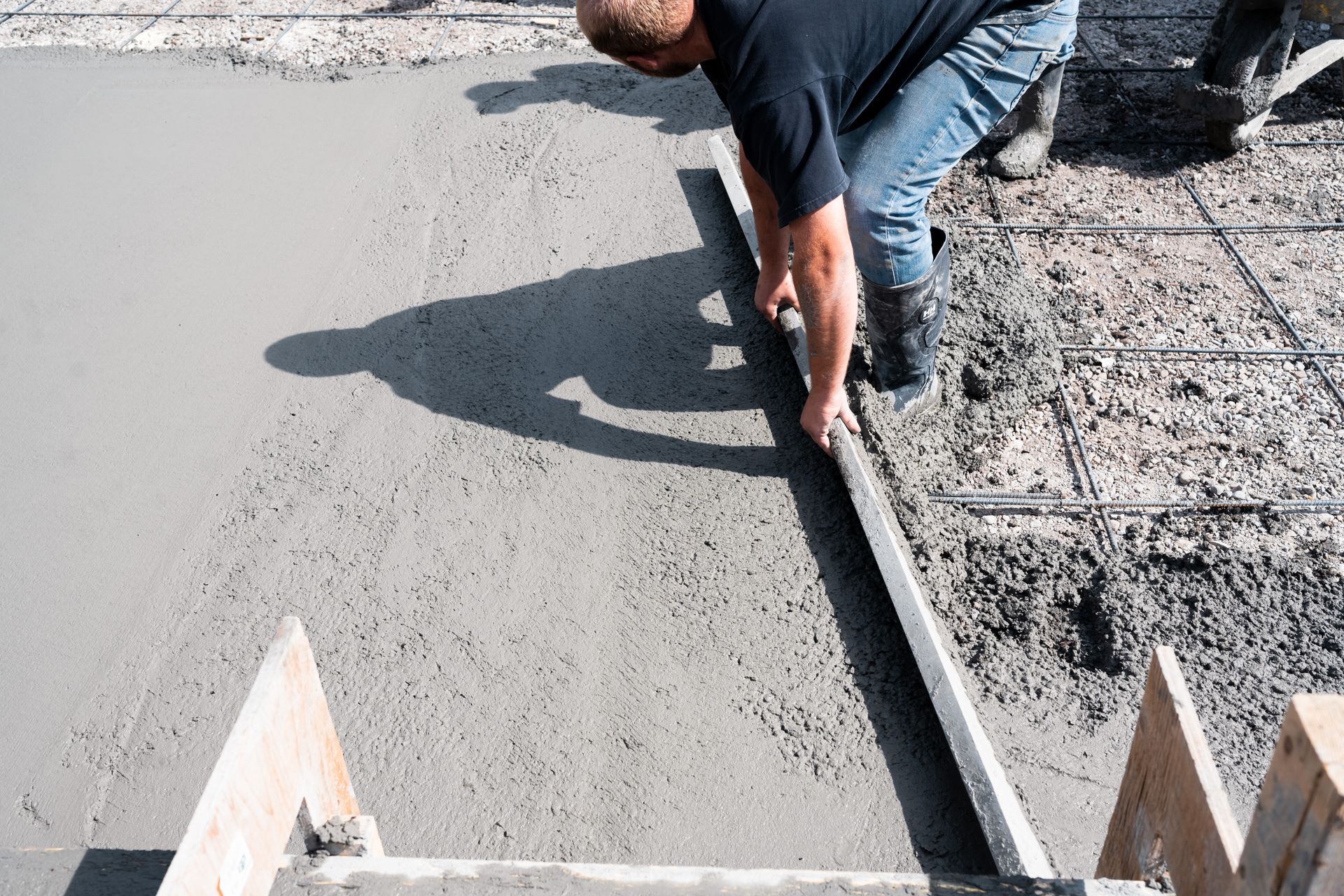Sealing New vs. Old Concrete: Different Approaches
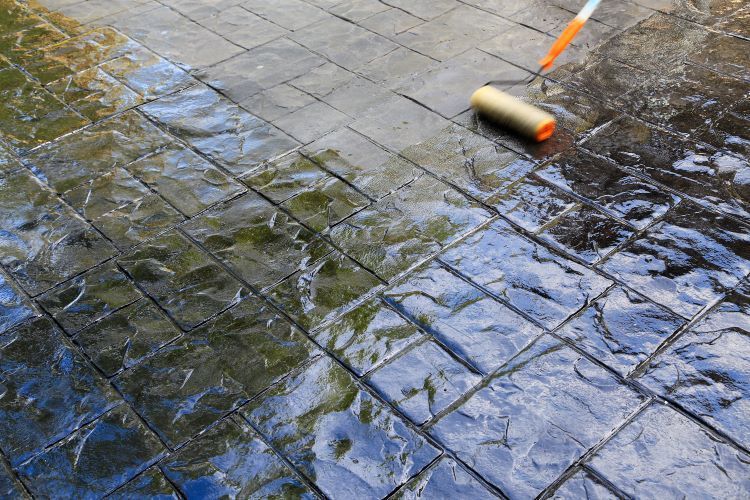
When it comes to maintaining concrete surfaces, sealing is a critical step that ensures longevity, durability, and aesthetic appeal. At Concrete Contractors London, we understand that new and old concrete surfaces require different approaches to sealing. In this article, we’ll explore the distinct methods and benefits of sealing both new and old concrete, helping you make the best decision for your property in London, Ontario.
Why Seal Concrete?
Sealing concrete serves several important purposes:
- Protection: Sealing creates a barrier against moisture, chemicals, oil, and other contaminants that can cause damage.
- Durability: Sealed concrete is less likely to crack, spall, or suffer from freeze-thaw cycles.
- Aesthetics: Sealing enhances the appearance by bringing out the natural colors and adding a glossy or matte finish.
- Ease of Maintenance: Sealed surfaces are easier to clean and maintain, as dirt and stains are less likely to penetrate.
Sealing New Concrete
Timing and Preparation
For new concrete, the timing of sealing is crucial. Typically, you should wait at least 28 days after the concrete has been poured to allow it to cure properly. This ensures that the concrete has reached its full strength and minimizes the risk of trapping moisture inside.
Steps for Sealing New Concrete:
- Cleaning: Even new concrete needs to be cleaned to remove any dust, debris, or curing compounds that might prevent the sealer from adhering properly.
- Choosing the Right Sealer: Select a sealer that is compatible with new concrete. Penetrating sealers and breathable acrylic sealers are often recommended for new surfaces.
- Application: Apply the sealer evenly using a roller or sprayer. Make sure to follow the manufacturer’s instructions regarding application rates and drying times.
- Drying and Curing: Allow the sealer to dry and cure according to the product specifications. This typically involves keeping the surface dry and free from traffic for at least 24 to 48 hours.
Sealing Old Concrete
Assessment and Preparation
Old concrete surfaces often require more preparation before sealing. Over time, they can accumulate dirt, oil stains, cracks, and other imperfections that need to be addressed.
Steps for Sealing Old Concrete:
- Cleaning: Thoroughly clean the surface using a pressure washer and appropriate cleaning agents to remove all contaminants. For oil stains, degreasers may be needed.
- Repairs: Inspect the concrete for any cracks or damage. Repair these areas with suitable concrete repair products before proceeding with sealing.
- Etching: In some cases, etching the concrete with a mild acid solution can help open up the pores of the concrete, allowing the sealer to penetrate more effectively.
- Choosing the Right Sealer: Depending on the condition of the old concrete, you might need a more robust sealer. Penetrating sealers, epoxy, and polyurethane sealers are commonly used for older surfaces.
- Application: Similar to new concrete, apply the sealer evenly using a roller or sprayer. Ensure that the surface is completely dry before application to prevent trapping moisture.
- Drying and Curing: Follow the manufacturer’s guidelines for drying and curing times. Keep the area free from traffic and moisture during this period.
Key Differences Between Sealing New and Old Concrete
- Preparation: Old concrete typically requires more extensive cleaning and repairs compared to new concrete.
- Sealer Choice: The condition of the concrete influences the type of sealer used. New concrete may benefit from breathable sealers, while older surfaces might need more durable options like epoxy or polyurethane.
- Timing: New concrete must cure for at least 28 days before sealing, whereas old concrete can be sealed once it’s properly prepared.
Conclusion
Whether you’re dealing with new or old concrete, proper sealing is essential for protecting and enhancing your surfaces. At Concrete Contractors London, we specialize in both new and old concrete sealing, ensuring that your surfaces remain durable and attractive for years to come.
If you’re in London, Ontario, and need expert advice or services for your concrete sealing project, contact us today. Our team is here to help you achieve the best results for your property.
